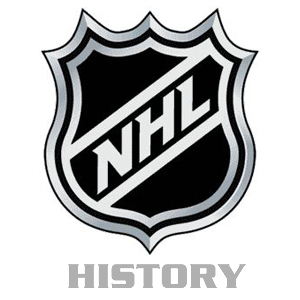During the Maple Leafs dynasty of the 1960s a significant move was about to be made— one that would change the National Hockey League forever.
On March 11, 1965, league president Clarence Campbell announced the league expansion. Whether it was supported by Canadian fans though was another story.
The six new teams to start in the 1967–68 season were all based in American cities: St. Louis Blues, Pittsburgh Penguins, Minnesota North Stars, Los Angeles Kings, Oakland Seals and Philadelphia Flyers. That sparked concerns among the hockey masses north of the border that the U.S. was stealing the True North, Strong and Free’s game.
Anticipated substantial profits and the threat of a new competing major hockey league, however, coaxed NHL executives to expand.
All the markets were no strangers to the hockey world, including the the choice of two teams for California, which was surprising to some.
Leafs defenceman Bill Barilko, known for the 1951 Stanley Cup winning goal and his subsequent disappearance, had played for the Hollywood Wolves. Ergo the Los Angeles Kings, spawned by Canadian-born entrepreneur Jack Kent Cooke. As for Oakland, the Bay area was rife with hockey aficionados since the Seals were apart of the Western Hockey League after moving from Winnipeg. Millionaire socialite Barry Van Gerbig with a group of investors, including Bing Crosby and San Francisco 49ers quarterback John Brodie, bought the franchise.
The other state picking up two squads was Pennsylvania where rival cities Pittsburgh and Philadelphia started on two different ice paths.
Pittsburgh fans had a bee in their bonnet after losing their American Hockey League franchise the Hornets. But even with the arrival of the Penguins there was much trepidation, partly because fans were not keen on the franchise’s name.
Philadelphia, on the other skate, was thrilled since their one-season only team, the Quakers, folded in 1931. Previously, a group of Philly investors had offered to buy the Toronto St. Pats in 1927. Flyers owners Bill Putnam, Ed Snider and then vice-president of the NFL’s Philadelphia Eagles, Jerry Wolman, finally brought a team to the City of Brotherly Love — one that was later known as the infamous Broad Street Bullies.
As for the remaining two franchises, Minnesota was the college hockey capital of the U.S., so the North Stars were a no-brainer while St. Louis turned out to be an auspicious venture, chosen, according to hockey historians, at the insistence of Chicago Blackhawks owner Rocky Wirtz over the other option of Baltimore.
In their first three seasons the St. Louis Blues would make the Stanley Cup finals, partly because their roster included Hockey Hall of Famers Glenn Hall (1975) and Jacques Plante (1978) in goal, and Dickie Moore (1974) and Doug Harvey (1973) skating. It should be noted the Blues were in the Western Division with the other expansion teams.
Much to the elation of Canadian fans though, another franchise was to come to the country in 1970: Vancouver Canucks, along with bordertown team Buffalo Sabres.
Sponsored by The Canadian Experience and Maple Leaf Sports + Entertainment, “Canada’s Hockey Experience: The Sport of a Country” is a unique, 20-week online series on the history of hockey.

